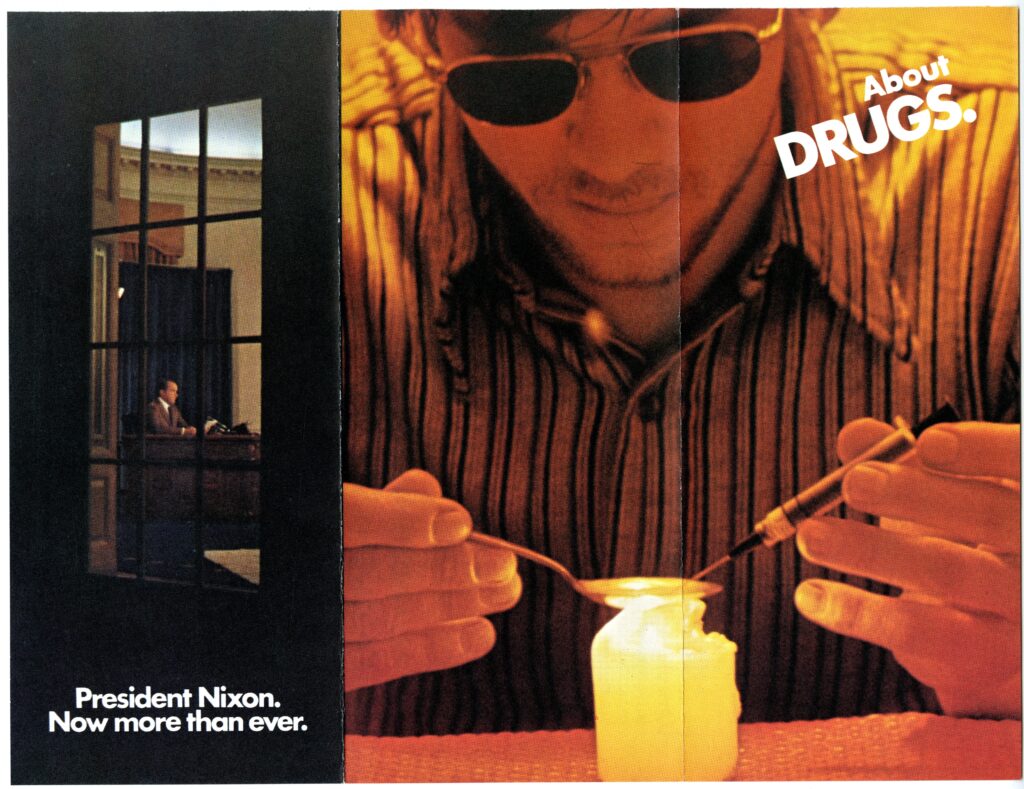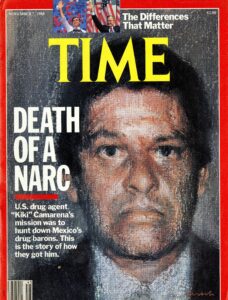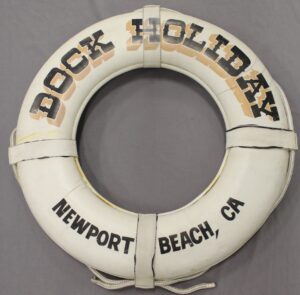On July 1, 1973, President Richard Nixon declared “an all-out global war on the drug menace” when he presented Congress with “Reorganization Plan No. 2” which included the proposition to develop a Federal Agency devoted to enforcing controlled substances laws and regulations of the United States. That federal agency is the Drug Enforcement Administration – or the DEA – which celebrates the 50th anniversary of its founding in July 2023. Since its inception, the DEA has been the sole organization under the Department of Justice tasked with combating illicit drug trafficking and distribution within the U.S. and the agency is solely responsible for coordinating and pursuing U.S. drug investigations both domestically and abroad.
Over the last five decades, the DEA has expanded to 21 field offices across the country — but this now bustling agency comes from relatively humble roots in the Department of Treasury. It spent many decades growing its ranks and proving to the world the importance of having a central agency focused on controlled substance trafficking and use.
At the National Law Enforcement Museum, we have several artifacts in our collection that help us to share the DEA’s story as it fits within the greater story of American Law Enforcement: below are three highlights from the collection.

Nixon Administration Declares a War on Drugs
President Richard Nixon declared that drug abuse was “Public Enemy No. 1” in 1971 and, in the same speech, announced new efforts for federal drug enforcement which would ultimately lead to the foundation of the DEA. Uniting the American people against the “drug menace” was a key component of President Richard Nixon’s re-election platform leading up to the 1972 general election – which was successful. The pamphlet pictured above documents the efforts of Nixon and his administration to fulfill his promise of waging the war on drugs. It specifically highlights efforts to stop drug trafficking and the creation of rehabilitation programs — especially for soldiers and veterans of the war in Vietnam.

Death of Agent Enrique “Kiki” Camarena
On February 9, 1985, Agent Enrique “Kiki” Camarena became the first DEA Agent to die in the line of duty. Agent Camarena was on assignment to investigate the Guadalajara Cartel in Mexico when he was abducted and murdered by individuals working with the Sinaloan Cartel – led by Rafael Caro-Quintero. His body – along with the body of Captain Alfredo Zavala – was discovered nearly a month after his death in a field about one kilometer away from a ranch known to be controlled by the Cartel. Agent Camarena’s murder sparked the largest homicide investigation in the DEA’s history; it was determined he had been tortured for information and ultimately killed. Agent Camarena’s death marked a turning point in the war on drugs and brought the realities of drug trafficking directly to the attention of the American public.
Agent Camarena’s death inspired the Red Ribbon Campaign which was championed by Camarena’s Congressman, Duncan Hunter. The Red Ribbon campaign encouraged Americans – especially American youth – to lead drug-free lives to honor the sacrifices made by Camarena and others like him. In the spring of 1986, the “Camarena Club Proclamation” was presented by two club members to First Lady Nancy Reagan, which brought the program to national attention. In 1988, the first official Red Ribbon Week was organized by the National Federation of Parents as an eight-day event championed by Congress as well as President and Mrs. Reagan. The movement served as a symbol of public support for the DEA’s efforts to reduce drug use and abuse through educational programs.
The issue of Time Magazine pictured above is on display in the museum’s History Time Capsule exhibit. It was published shortly after Agent Camarena’s murder.
DEA. “1985-1990.” 20 May, 2018. Our History. Retrieved from https://www.dea.gov/about/history on 28 July, 2023)

Operation Shadow Game
For over 14 months, the DEA tracked a fishing boat belonging to the kingpin of the Tijuana Cartel. The boat, named the “Dock Holiday,” was often sailed off the Mexican coast until finally, in August of 2006, the boat sailed into international waters and was intercepted by the United States Coast Guard. The kingpin was captured and DEA agents were able to take down one of Mexico’s most notorious drug cartels. The surveillance of the boat was part of an investigation of the Tijuana Cartel known as “Operation Shadow Game.”
On display at the museum, you can see a life ring from the Dock Holiday, which is on loan from the DEA’s collection, in the History Time Capsule exhibit. In 2016, the National Law Enforcement Museum hosted a program titled “Operation Shadow Game” which discussed the investigation of the Tijuana Cartel with DEA Agents and members of the California Department of Justice who collaborated on the investigation. Watch the program below.
Experience our full collection of artifacts and learn the story of American law enforcement at the National Law Enforcement Museum in Washington DC. Click here to learn more and plan your visit.

